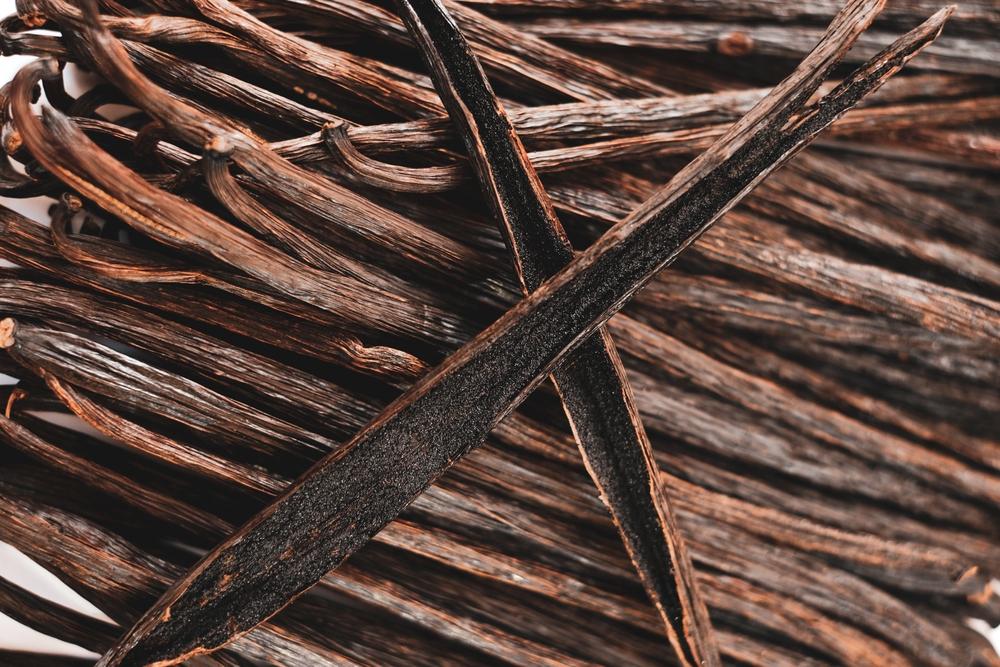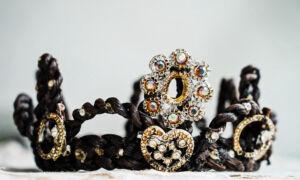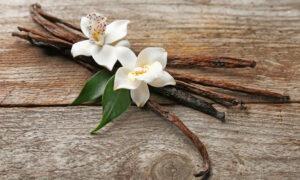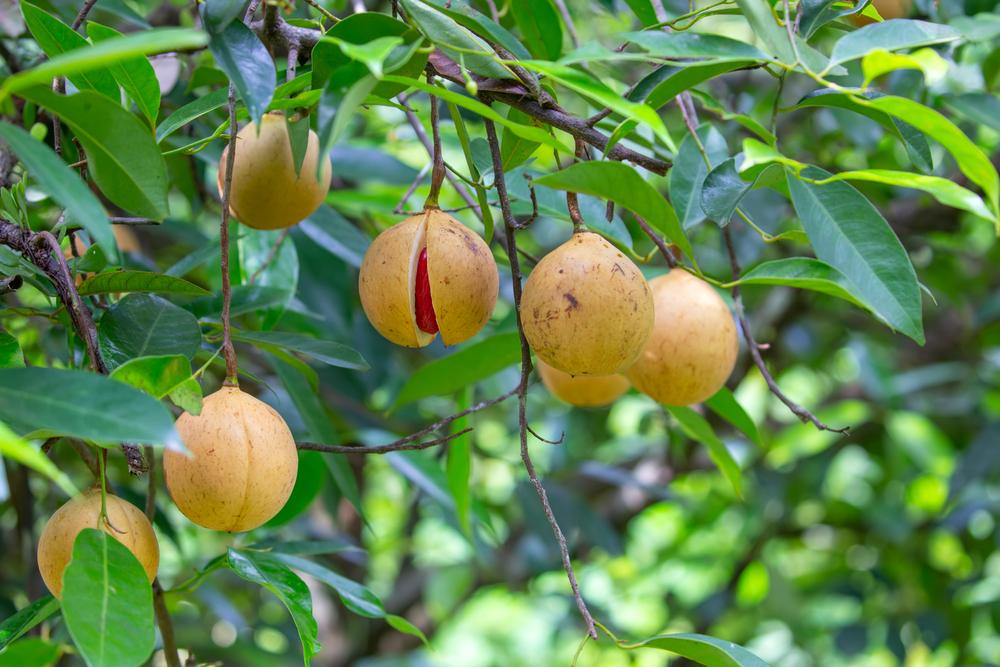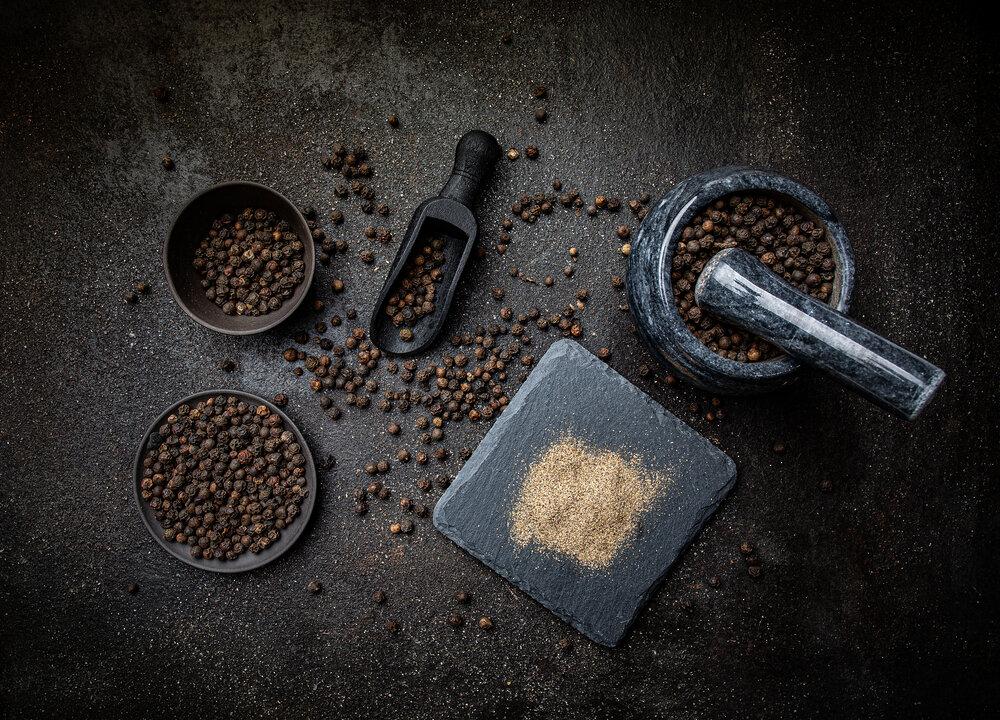Faced with an array of exotic options, vanilla may not sound like the most exciting choice—and yet it’s the most popular flavor in the world. It is also, perhaps even more surprisingly, the planet’s second-most expensive spice, after saffron.
Like chocolate, vanilla originated in Mexico, where the Maya and Aztecs enjoyed it long before Europeans reached the Americas. When the Spanish did arrive, they wrote about vanilla, largely because royalty used it. They initially didn’t get too excited, as chocolate seemed more interesting, but by the late 1500s, bundles of vanilla beans were transported to the royal court of Spain. However, it would be a long time before vanilla could be produced outside of Mexico.

Why Is Vanilla So Expensive?
It wasn’t until after the defeat of the Spanish Armada in 1588 that the rest of Europe could connect with foods from the New World. By the early 1600s, lithe, green vanilla vines were being grown in French hothouses, and it was in France where Thomas Jefferson was introduced to vanilla—and to frozen desserts. When he returned to the United States in 1789, Jefferson not only popularized vanilla but also wrote down the first recorded recipe for vanilla ice cream in the country. At this time, vanilla beans were still imported from Mexico (although in Jefferson’s case, via France).In the early 1800s, the French began transplanting vanilla vines to tropical islands that they had claimed—Réunion, Mauritius, and later, Madagascar. Unfortunately, even in these tropical locations, the vines did not produce beans—the plant’s seed pods. Then, in Réunion in 1841, a 12-year-old former slave named Edmond Albius solved the problem. He had been taught how to pollinate watermelon by hand, and he wondered if that was possible with vanilla. The little vanilla flowers are tricky, however. The pollen is separated from the pistil by a flap. But a small stick could lift the flap and pollinate the flowers.
This successfully produces beans, but the process takes considerable time and effort. The flowers bloom at different times and stay open for only a few hours, so the plants have to be checked daily to see if flowers have opened in order to hand-pollinate them. After pollination, the beans then develop at different times, so the plants again have to be checked daily to see if they’re ready for harvest.
It doesn’t end with harvesting. The full process of drying, fermenting, and aging the harvested vanilla pods can take 10 or more months. Given the challenges, it seems amazing that we have vanilla at all. Weather further complicates production, and in turn, affects the price. Vanilla beans are currently priced at more than $100 per pound, but in years when cyclones hit Madagascar, damaging the crop, the price can surge to more than $300 per pound. For the home cook, the price for a single vanilla bean runs between $1 and $10, depending on the quality.

What’s the Difference Between Real and Imitation Vanilla Extract?
The world loves the taste of vanilla. The best estimate is that roughly 18,000 products on the market today utilize vanilla flavoring. However, because of the price, about 99 percent of the vanilla flavoring that we consume is artificial. The advantage of the artificial flavor is more than just saving money: The world simply could not produce enough vanilla for that many products.Synthetic vanilla is not new. The search for an alternative to the real deal began centuries ago, when German chemists successfully synthesized the first vanillin in 1874. Vanillin is the primary chemical that creates the dominant flavor in vanilla. No one has yet reproduced the full spectrum of chemicals (as many as 250) and subtle flavors of real vanilla, but artificial vanillin can be synthesized from a variety of substances. While the first artificial vanillin was derived from conifer sapwood, today’s vanillin is commonly made from coal tar. That may sound unappetizing, but artificial vanillin is chemically the same as the vanillin produced by the vanilla bean.
Does it make a difference which vanilla you use? Yes and no. In baking and cooking, some of the additional, subtle flavors in real vanilla may be hurt by the heat, so the difference in taste is harder to notice. In processes that don’t heat the vanilla—such as a mousse, sauce, or ice cream—the difference is bigger. The flavor of real vanilla is more complex, richer, and deeper.
However, the biggest difference for the home cook—other than price—may be how long you expect your vanilla to last. If stored properly—at room temperature, not refrigerated, in a dark place—real vanilla extract lasts indefinitely. Artificial essence, even if stored correctly, lasts for only about six months to a few years, after which point it loses its flavor entirely.
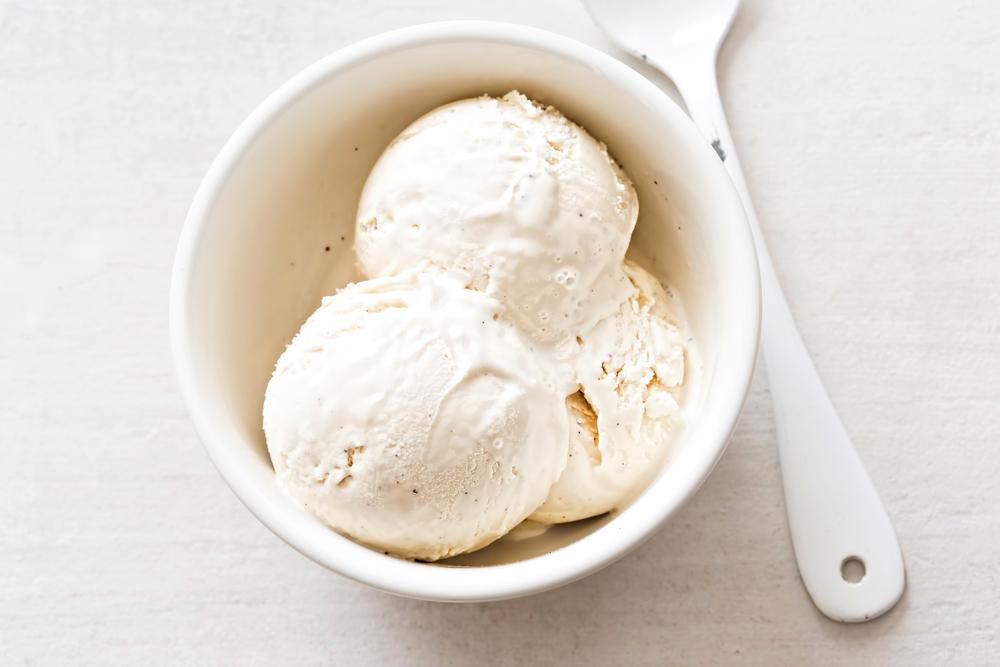
What’s the Difference Between Vanilla Beans, Paste, and Extract?
Unless you do an exceptionally large and wide-ranging amount of cooking and baking, you won’t need multiple varieties of vanilla. One bottle of good vanilla extract does the trick for most applications. For the deepest flavor, pick a good-quality extract made from real vanilla. The label, by law, confirms that the extract is from real vanilla. “Essence” is artificial. A good general choice is an extract of Madagascar vanilla, often labeled as Bourbon vanilla. (The “Bourbon” in the name comes from France’s Bourbon kings, not from the Kentucky beverage, and was the original name that the French gave the island of Réunion.)Some bakers and cooks encourage using paste or vanilla beans. These cost more but have some advantages. Vanilla bean paste, which can be swapped in recipes one-for-one with extract, is thicker, a bit more concentrated, and can be mixed more easily into batters and doughs than liquid extract. Especially noticeable in ice cream, vanilla bean paste gives you the little seeds that make it clear you’ve used real vanilla.
Whole vanilla beans have a variety of uses. To use them in recipes, split the bean in half and scrape out the inside, essentially harvesting your own paste. The empty beans can then be used to flavor custards or liqueurs, or stored in sugar to make the sugar fragrant.
However, in addition to being more expensive, both beans and paste spoil more quickly than extract. Never freeze or refrigerate them, don’t keep beans longer than two years and paste longer than three, and throw them out if they get moldy. That is why, if you’re buying simply to have vanilla on hand for occasional baking, it is best to go with a good extract.

